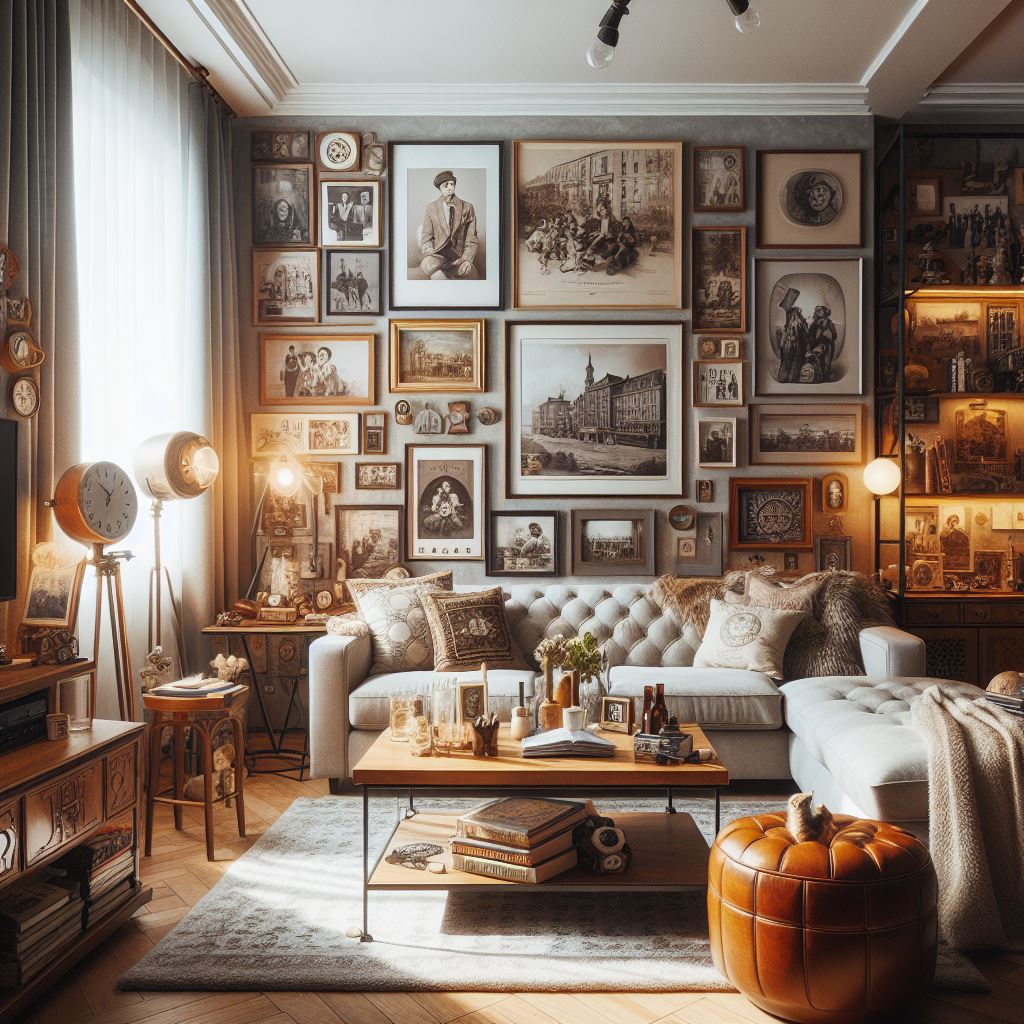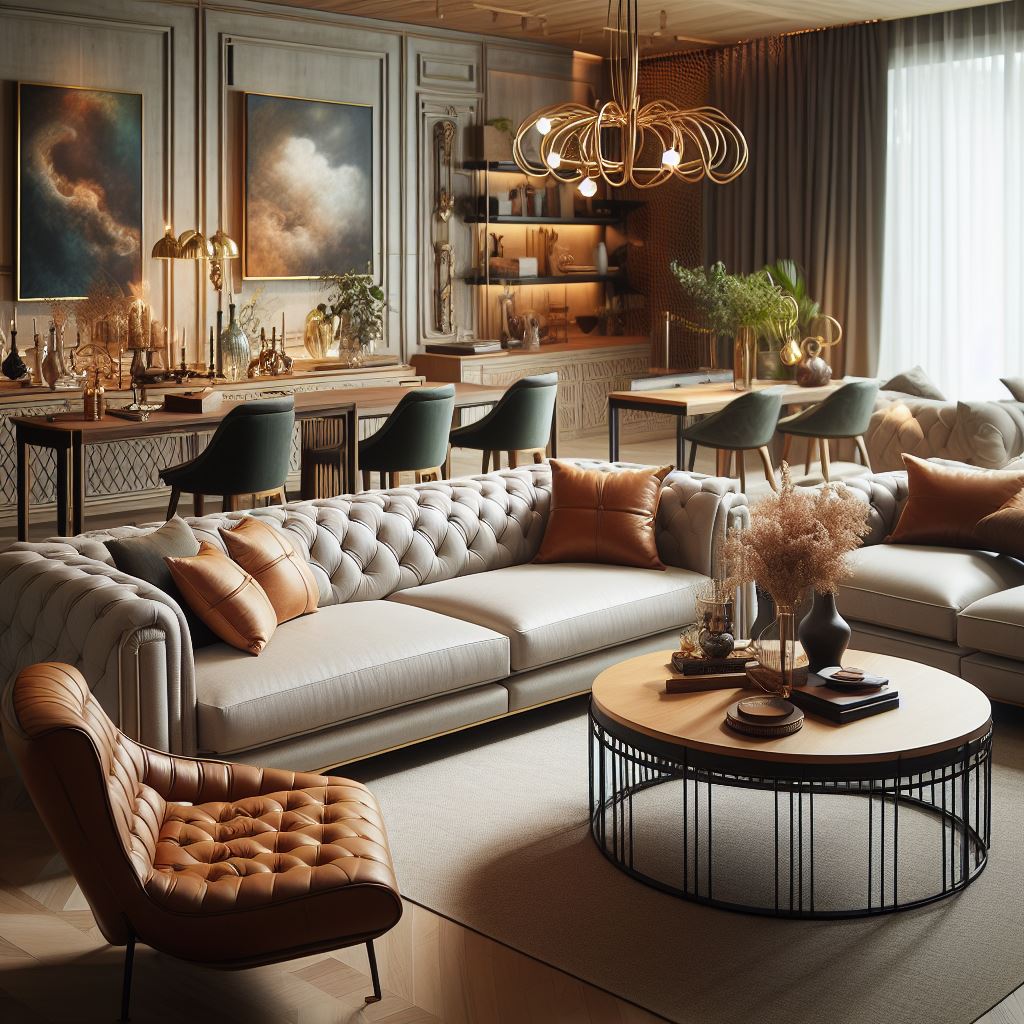Understanding Spatial Dynamics
Spatial dynamics refer to the organization and arrangement of space within a given environment. It encompasses factors such as spatial relationships, circulation patterns, and the effective use of space to achieve specific design goals. In interior design, spatial dynamics dictate how people interact with and navigate through a space, influencing everything from furniture arrangement to lighting design.
Maximizing Space Efficiency
One of the fundamental principles of spatial dynamics is maximizing space efficiency. This involves strategically planning and organizing the layout of a space to optimize its functionality and flow. By carefully considering the needs and activities of the inhabitants, designers can create layouts that make the most of every square inch, ensuring that each area serves its intended purpose efficiently.
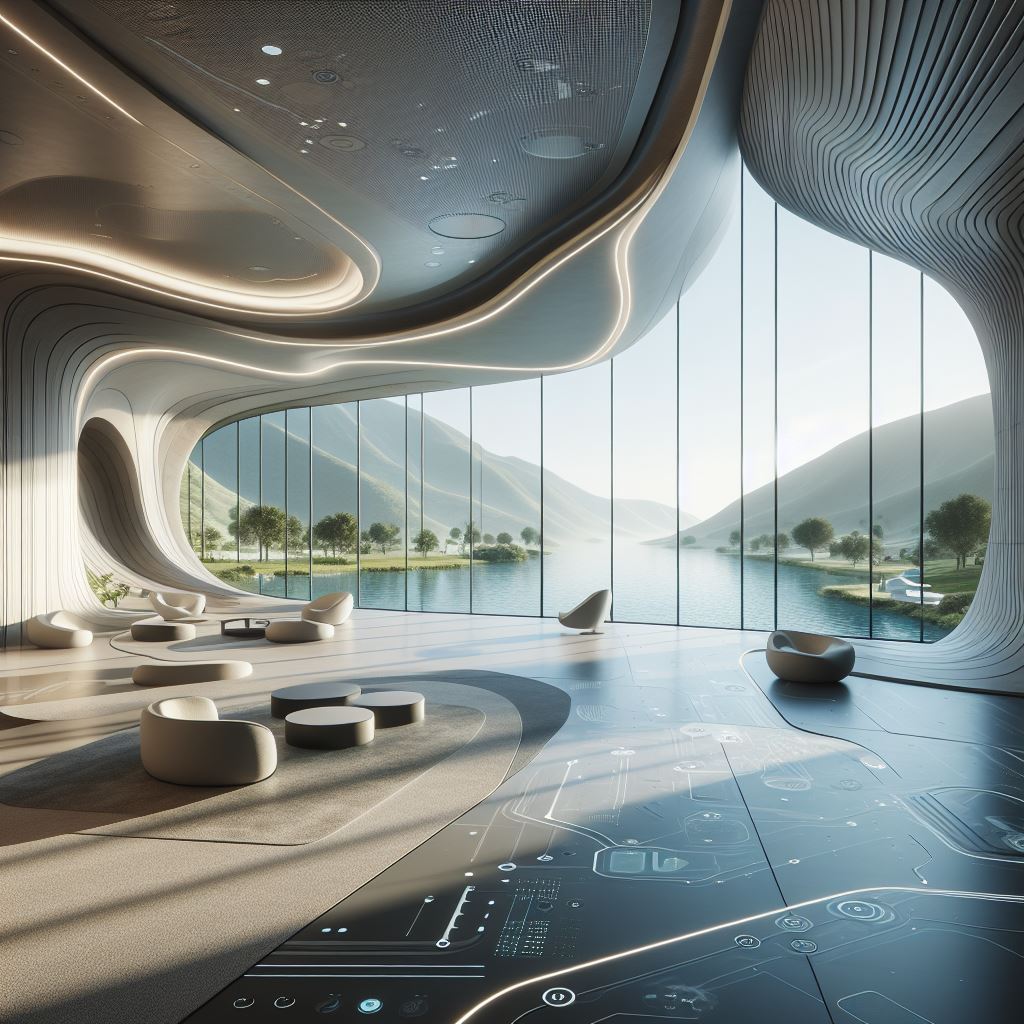
Creating Visual Balance
Visual balance is another key aspect of spatial dynamics. Achieving balance in interior design involves distributing visual weight evenly throughout a space to create a sense of harmony and equilibrium. This can be achieved through careful consideration of proportion, scale, and the arrangement of furniture and decor. By striking the right balance, designers can create interiors that feel cohesive and visually pleasing.
Utilizing Vertical Space
Vertical space is often an untapped resource in interior design. By maximizing storage and display options along vertical surfaces, designers can free up valuable floor space and create a sense of openness and expansiveness. Incorporating elements such as floor-to-ceiling shelving units, hanging plants, and wall-mounted artwork helps to draw the eye upward, making rooms feel larger and more spacious.
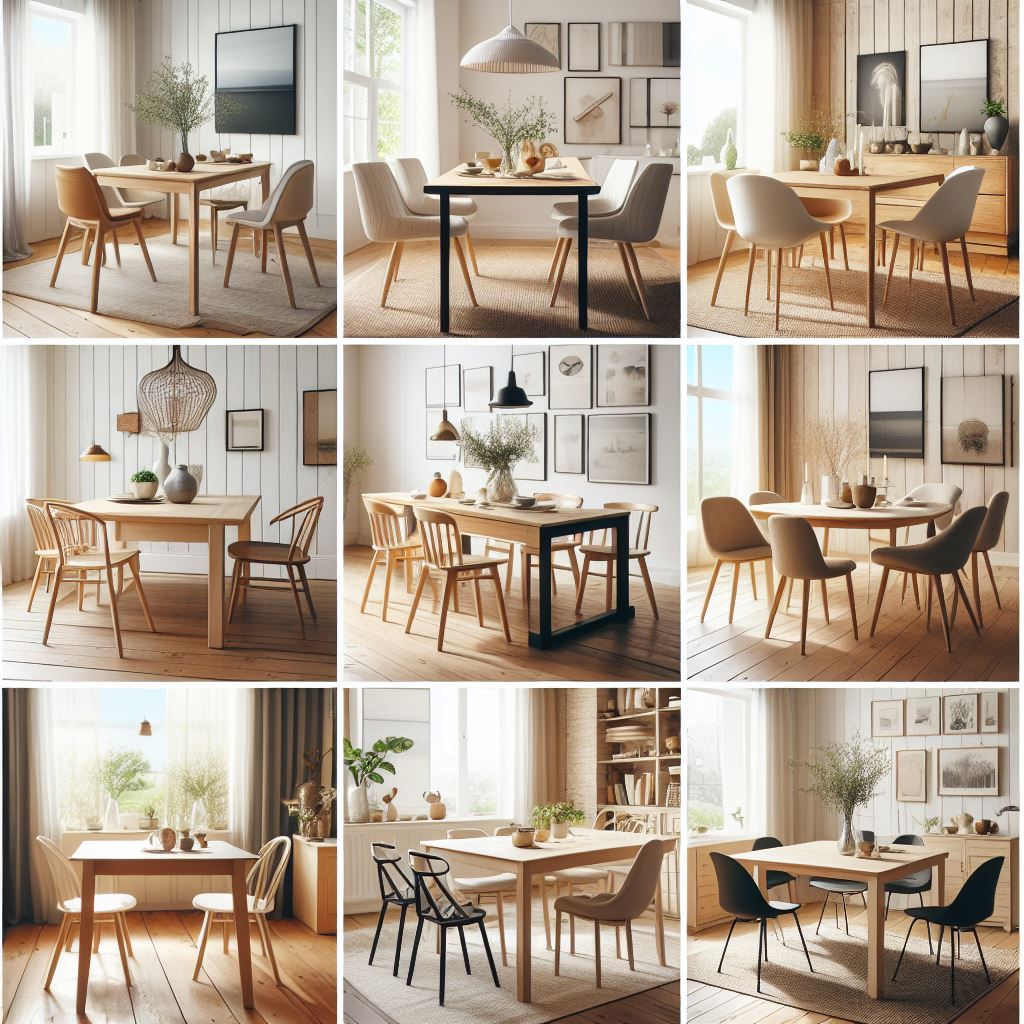
Furniture Arrangement and Layout
The arrangement of furniture plays a significant role in shaping the flow and functionality of a space. When planning furniture layouts, designers must consider factors such as traffic flow, focal points, and conversation areas. By arranging furniture in a way that encourages social interaction and facilitates movement, designers can create inviting and comfortable interiors that cater to the needs of the inhabitants.
Enhancing Natural Light
Natural light is a powerful tool in spatial design, influencing the mood, ambiance, and perceived size of a space. Maximizing natural light exposure through strategically placed windows, skylights, and light wells helps to create bright, airy interiors that feel open and inviting. Designers can also use reflective surfaces and light-colored finishes to bounce light around the room, further enhancing the sense of spaciousness.
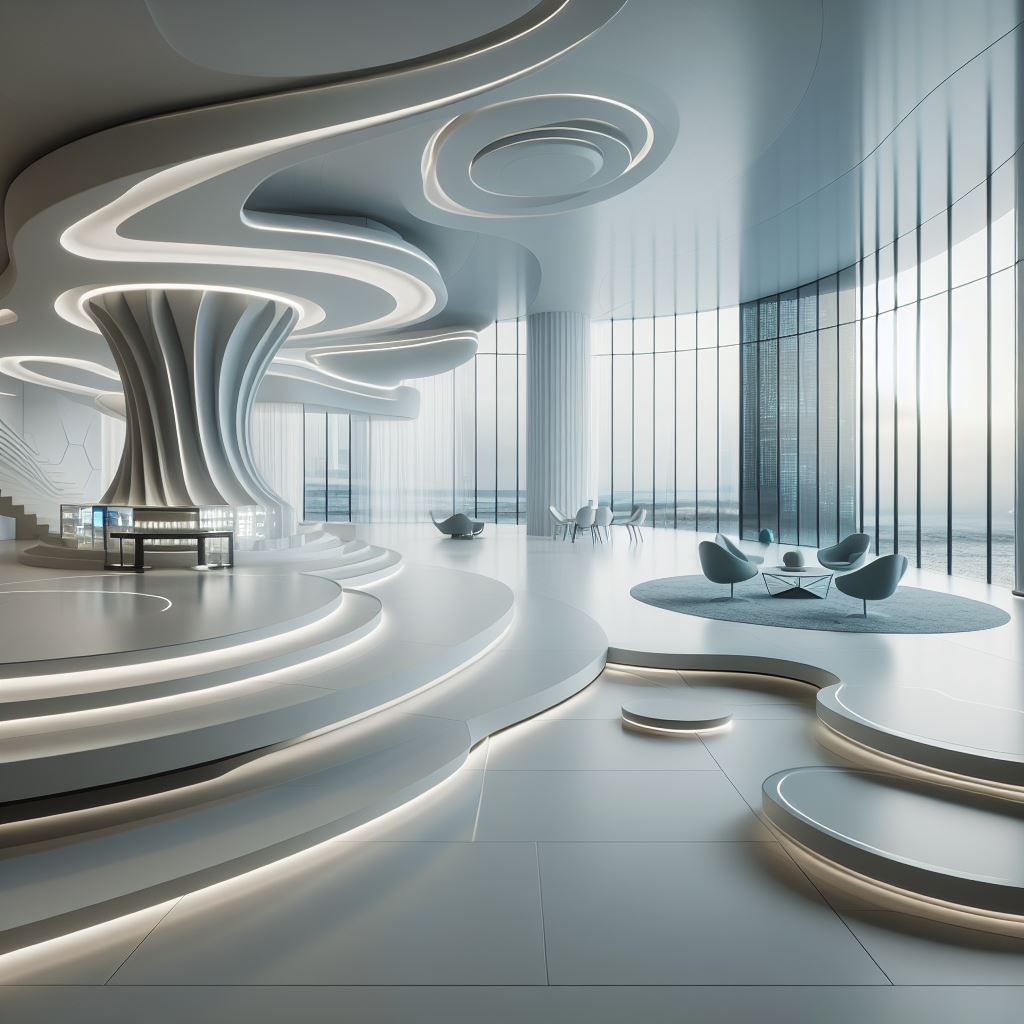
Incorporating Flexibility
In today’s fast-paced world, flexibility is key in spatial design. Designing spaces that can adapt to changing needs and preferences allows for greater longevity and usability. This can be achieved through modular furniture systems, flexible partition walls, and multi-functional spaces that serve multiple purposes. By incorporating flexibility into design solutions, designers can future-proof interiors and ensure that they remain relevant and functional for years to come.
Spatial Illusions
Creating the illusion of space is a valuable technique in spatial design, especially in smaller or more confined areas. By employing clever design tricks such as using light colors, strategic lighting, and mirrors, designers can make rooms appear larger and more spacious than they actually are. Additionally, playing with scale and perspective can help to create depth and dimension, further enhancing the perceived size of a space.
Personalization and Customization
Personalization is an essential aspect of spatial design, allowing inhabitants to express their unique personalities and preferences through their surroundings. By incorporating elements such as favorite colors, cherished mementos, and meaningful artwork, designers can create spaces that feel deeply personal and reflective of the people who inhabit them. Customizing furniture and decor adds another layer of personalization, allowing for greater individuality and self-expression.
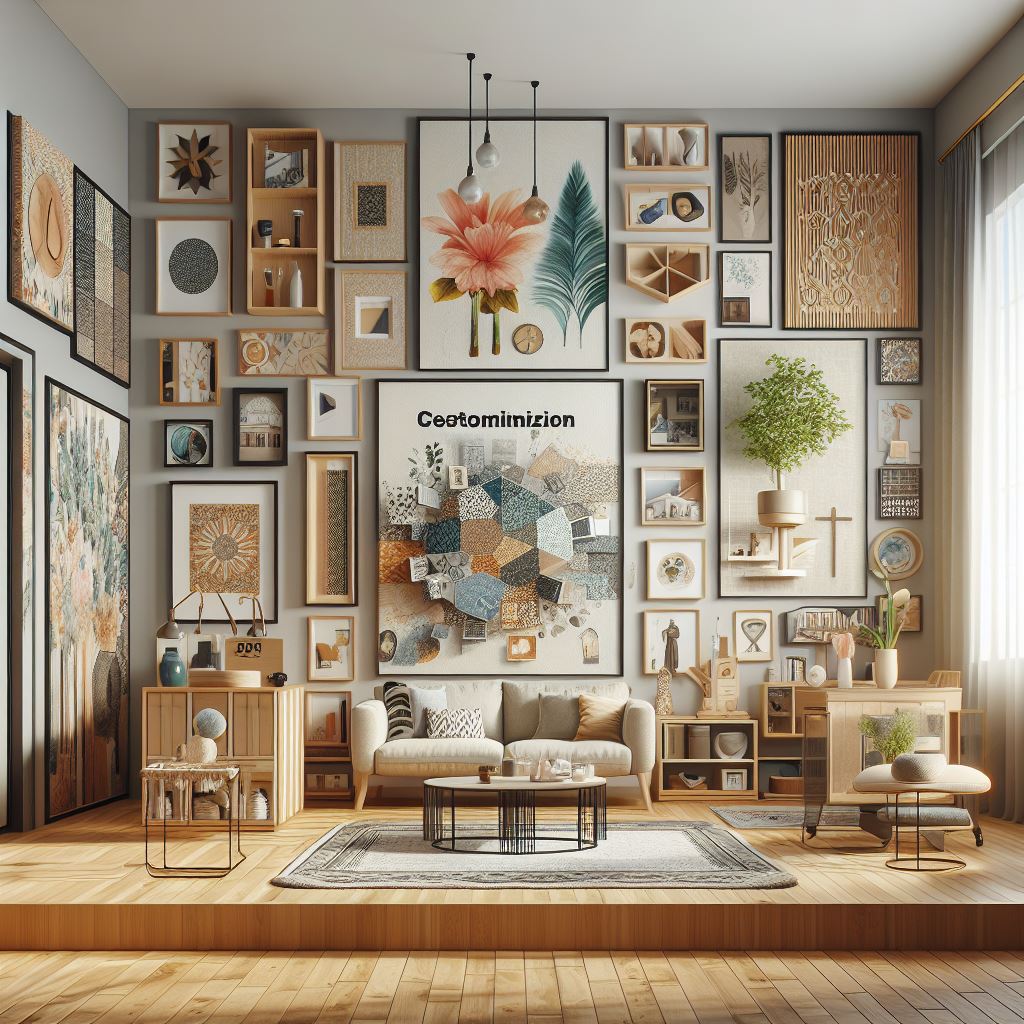
Harmonizing Functionality and Aesthetics
Balancing functionality with aesthetics is a central challenge in spatial design. While practical considerations such as storage and circulation are important, so too are visual appeal and ambiance. Designers must strike a delicate balance between the two, ensuring that spaces are both practical and beautiful. By harmonizing functionality and aesthetics, designers can create interiors that are not only visually stunning but also highly functional and user-friendly.
Case Studies and Examples
Real-life examples of successful spatial design provide valuable insights into effective design strategies and techniques. By examining case studies of well-designed interiors, designers can gain inspiration and learn from the successes and failures of others. Analyzing the thought processes and design decisions behind these projects helps to deepen understanding and refine design skills.
Future Trends in Spatial Design
As technology advances and societal trends evolve, so too do trends in spatial design. From smart homes and sustainable design practices to biophilic design and wellness-focused interiors, emerging trends are shaping the future of interior design. By staying informed about these trends and embracing innovation, designers can stay ahead of the curve and create interiors that are both relevant and forward-thinking.
Challenges and Solutions
While spatial design offers endless opportunities for creativity and innovation, it also presents its fair share of challenges. Common challenges such as limited space, awkward layouts, and budget constraints require creative solutions and strategic thinking. By approaching challenges with a problem-solving mindset and thinking outside the box, designers can overcome obstacles and create successful design solutions.
Conclusion
Spatial dynamics are at the heart of effective interior design, shaping the functionality, aesthetics, and overall experience of a space. By understanding and harnessing the principles of spatial dynamics, designers can create interiors that are not only beautiful and visually appealing but also highly functional, comfortable, and user-friendly. Whether it’s maximizing space efficiency, creating visual balance, or incorporating flexibility and personalization, the possibilities are endless when it comes to utilizing space to enhance interior design.
FAQs (Frequently Asked Questions)
- How can I make a small room feel larger? Incorporating design techniques such as maximizing natural light, using light colors, and strategically placing mirrors can help create the illusion of space and make a small room feel larger and more spacious.
- What are some common mistakes to avoid in spatial design? Common mistakes in spatial design include overcrowding a space with furniture, neglecting traffic flow, and failing to consider the needs and preferences of the inhabitants. It’s essential to strike a balance between functionality and aesthetics and to prioritize usability and comfort.
- How can I optimize space in a multi-functional room? In multi-functional rooms, flexible design solutions such as modular furniture, convertible pieces, and clever storage solutions are key. Designing with versatility in mind allows the space to adapt to different activities and functions seamlessly.
- What role does lighting play in spatial design? Lighting is a critical component of spatial design, influencing the mood, ambiance, and functionality of a space. By incorporating both natural and artificial lighting sources and utilizing techniques such as layering and accent lighting, designers can enhance the perceived size and atmosphere of a space.
- How can I stay updated on the latest trends and innovations in spatial design? Keeping up with industry publications, attending design conferences and trade shows, and following influential designers and design firms on social media are excellent ways to stay informed about the latest trends and innovations in spatial design. Additionally, networking with peers and participating in professional development opportunities can provide valuable insights and inspiration.
